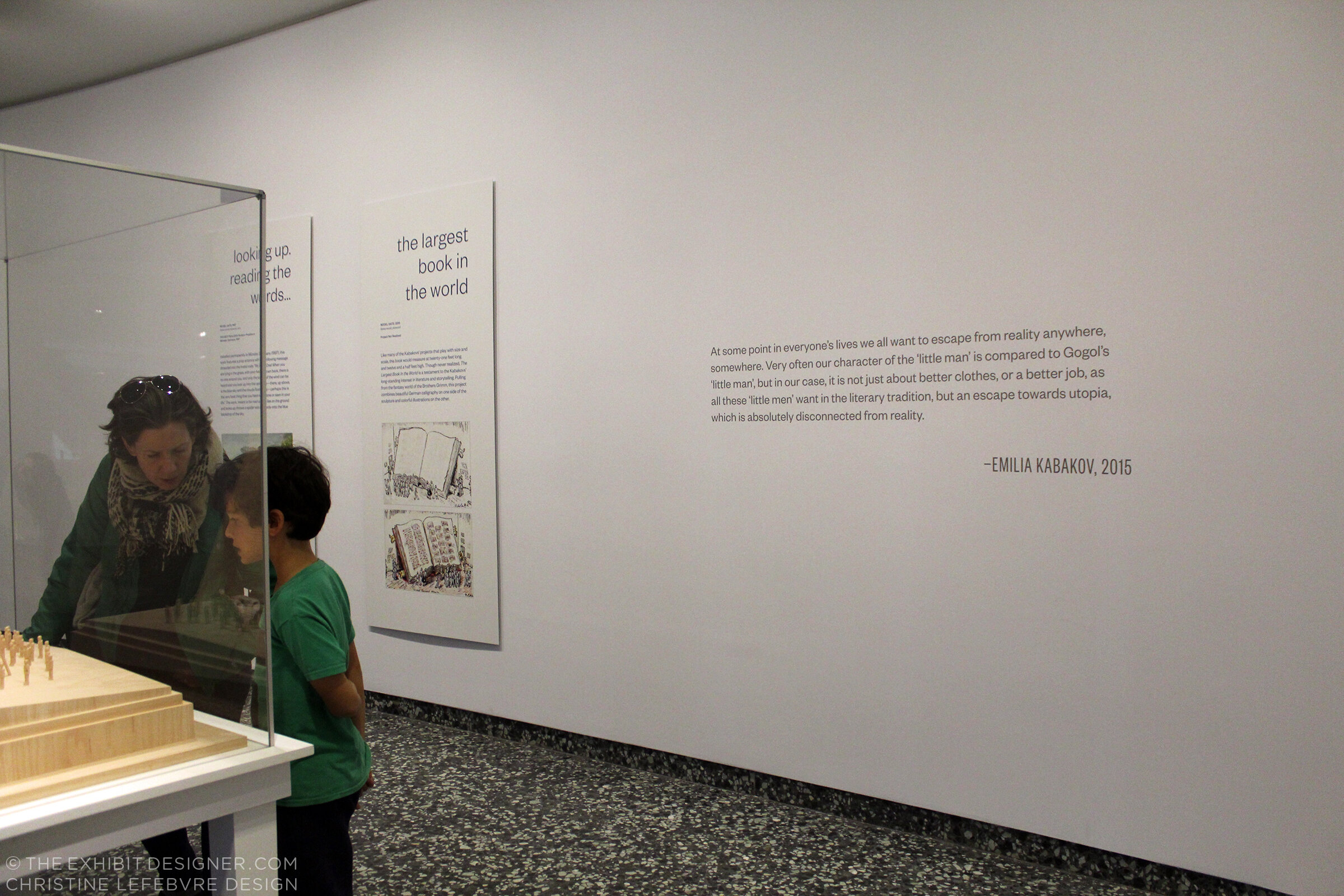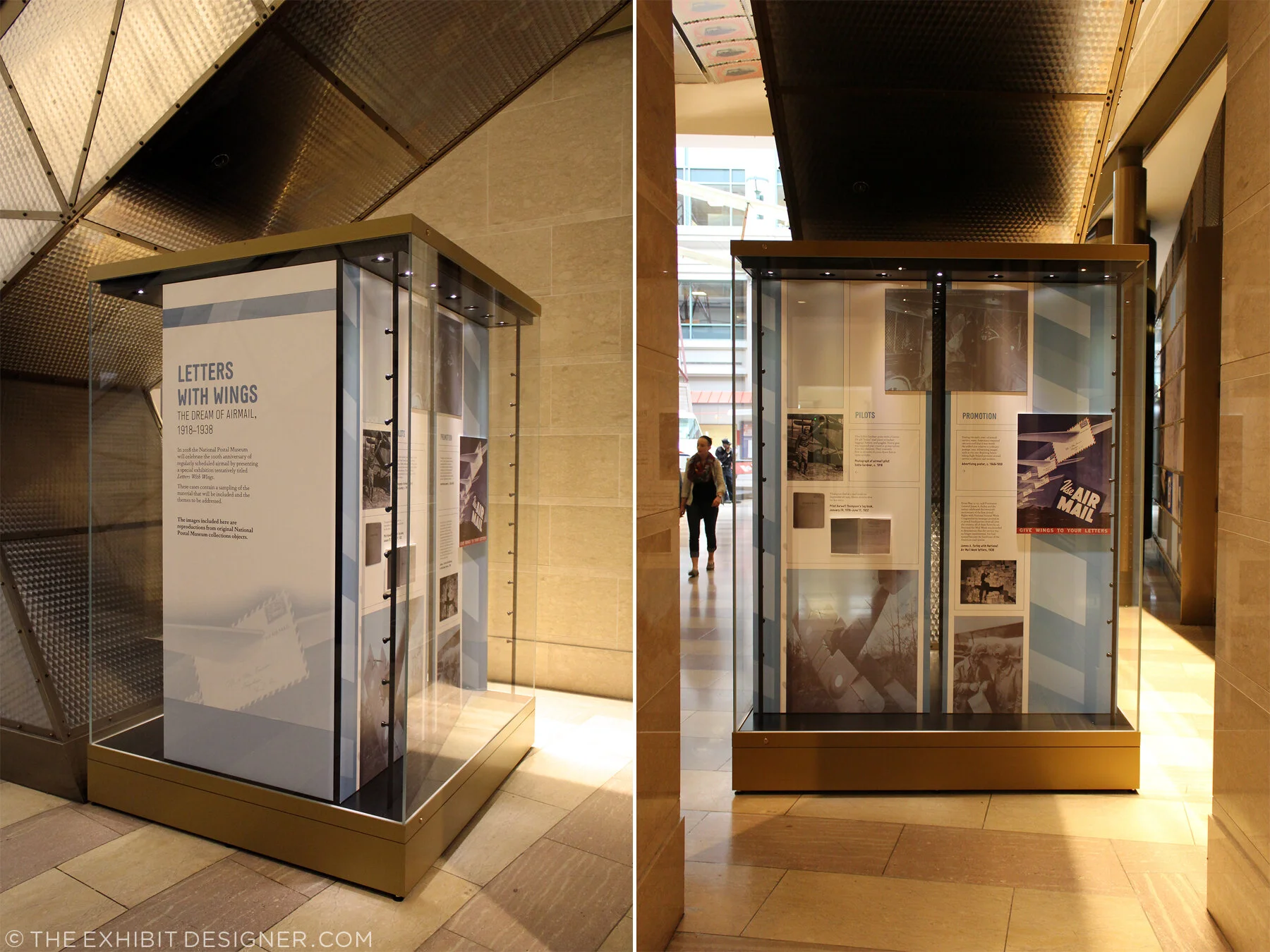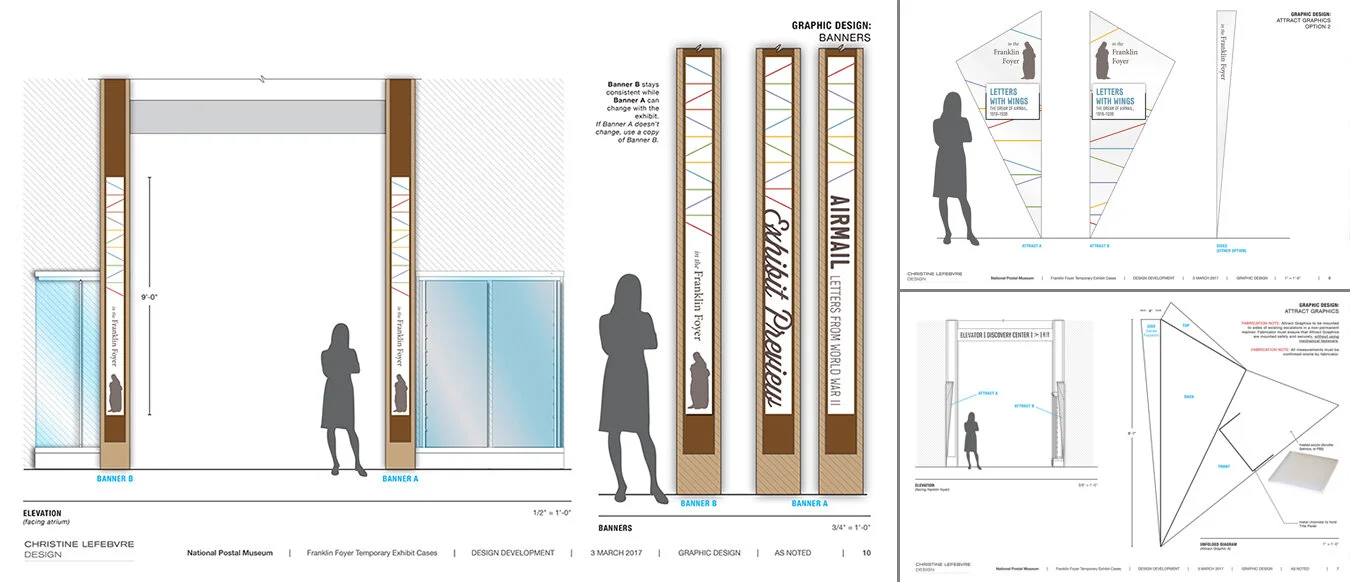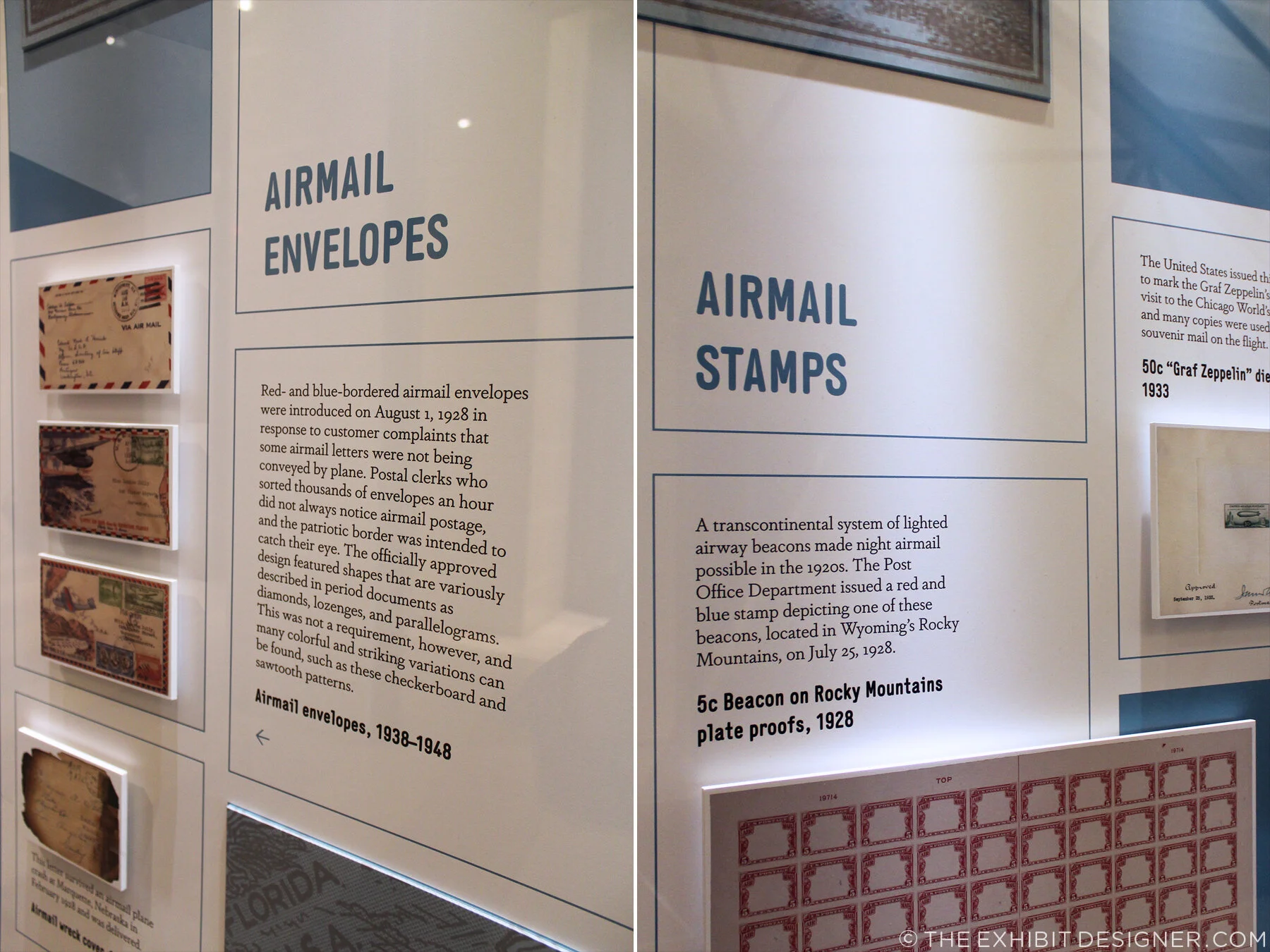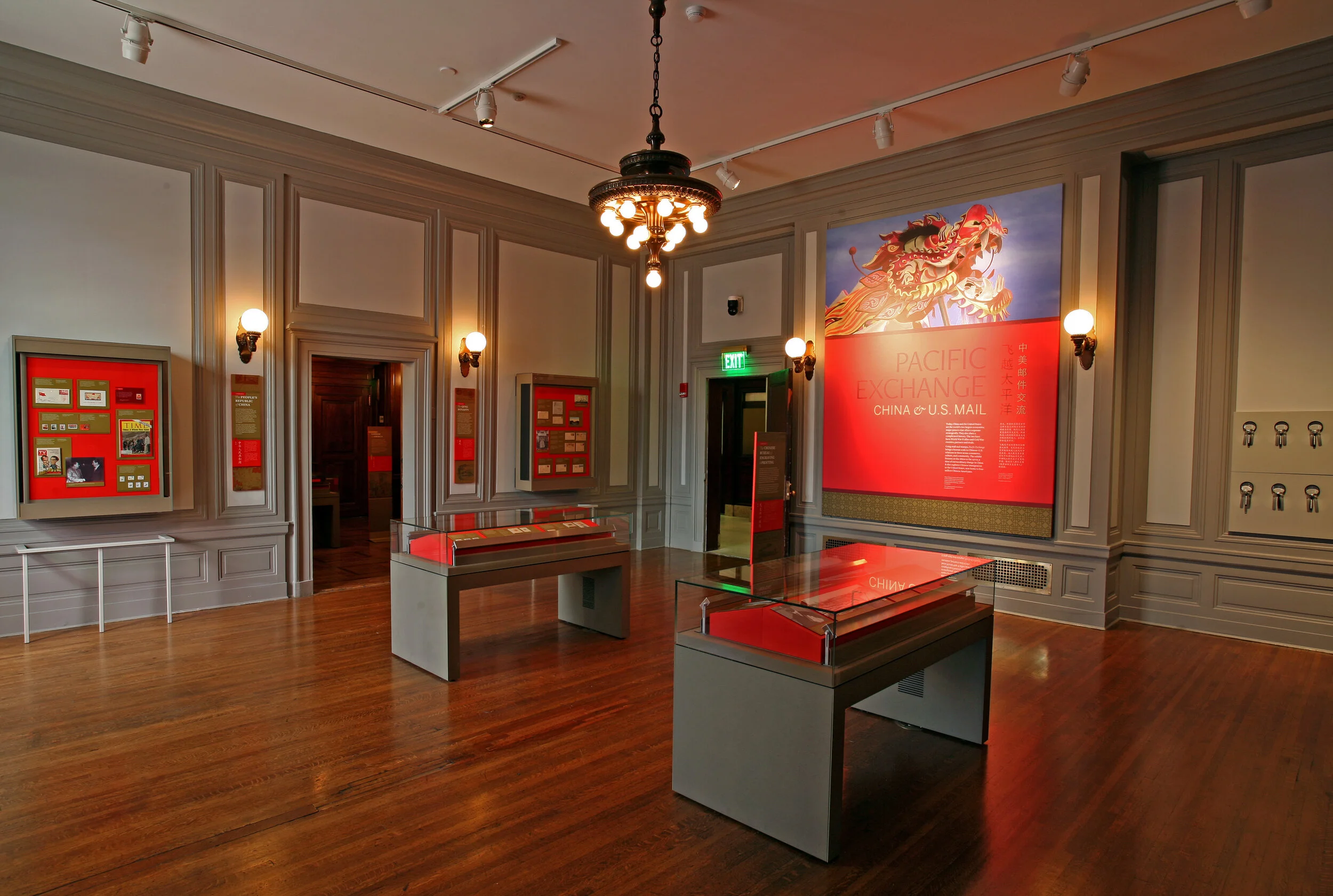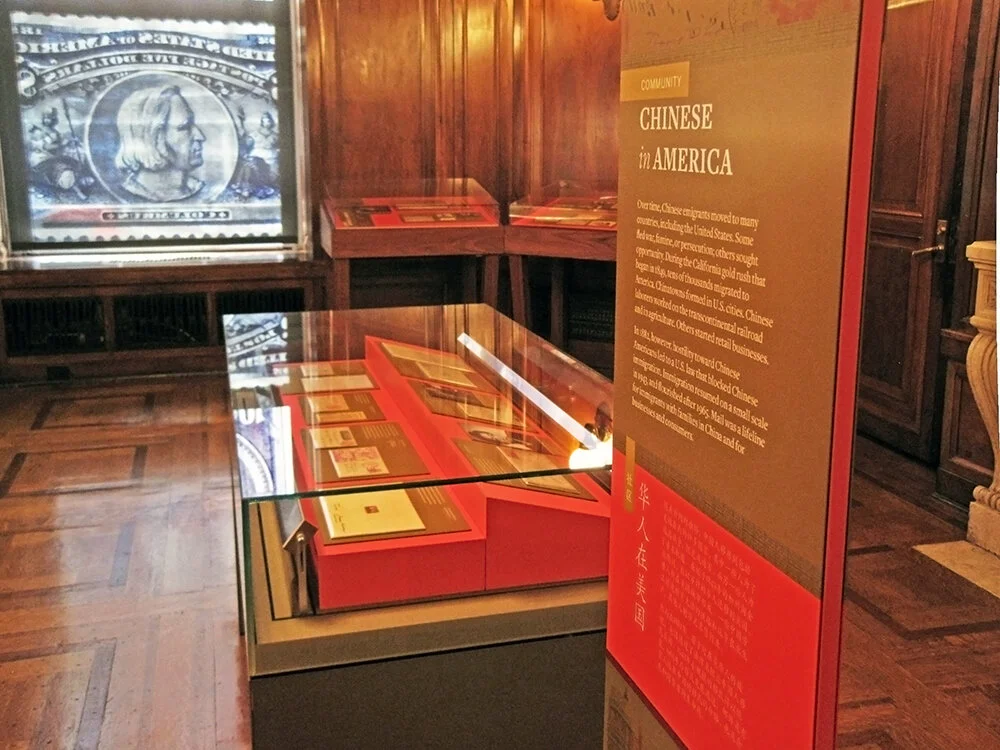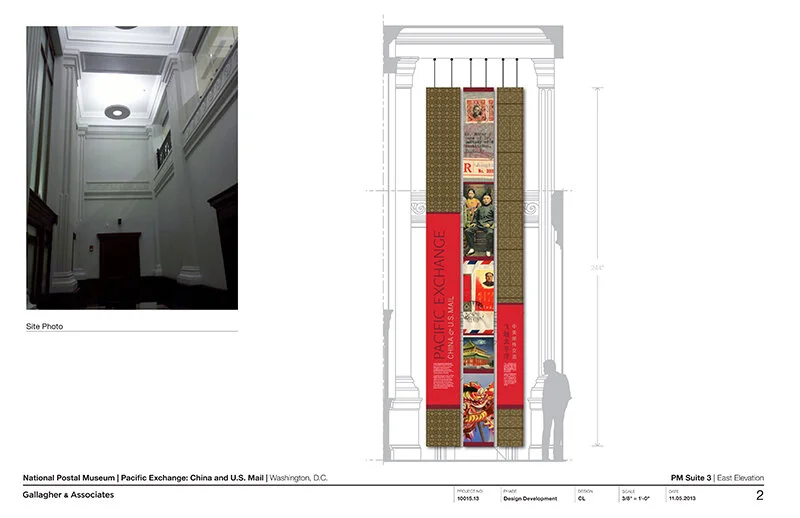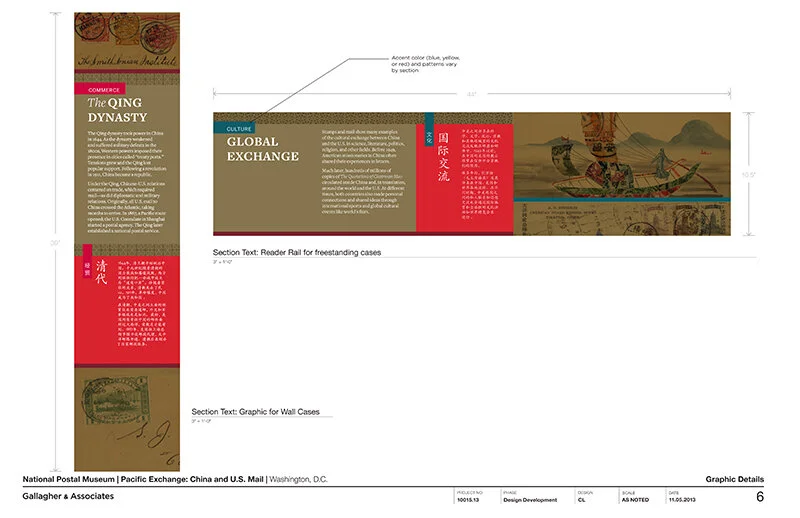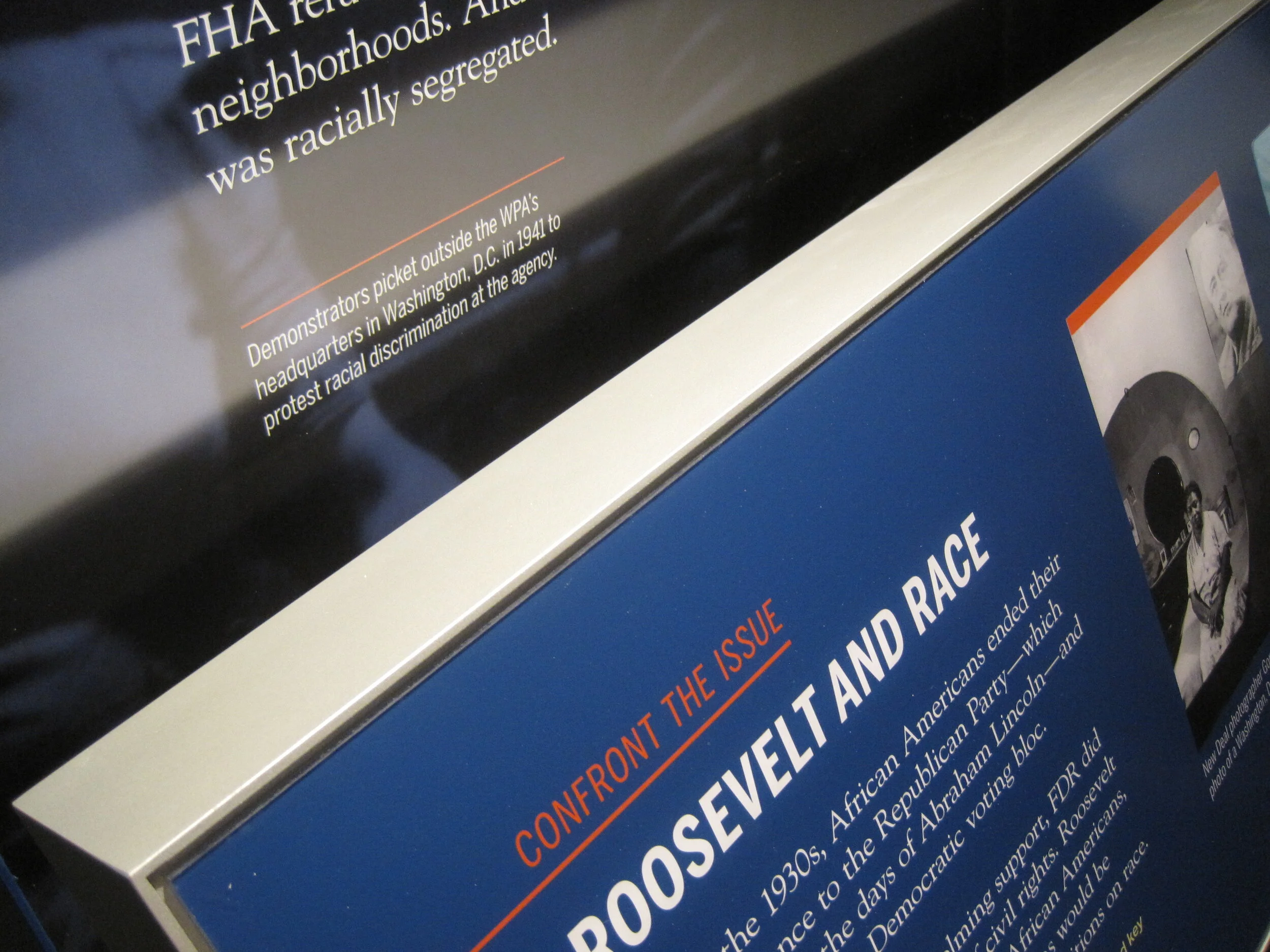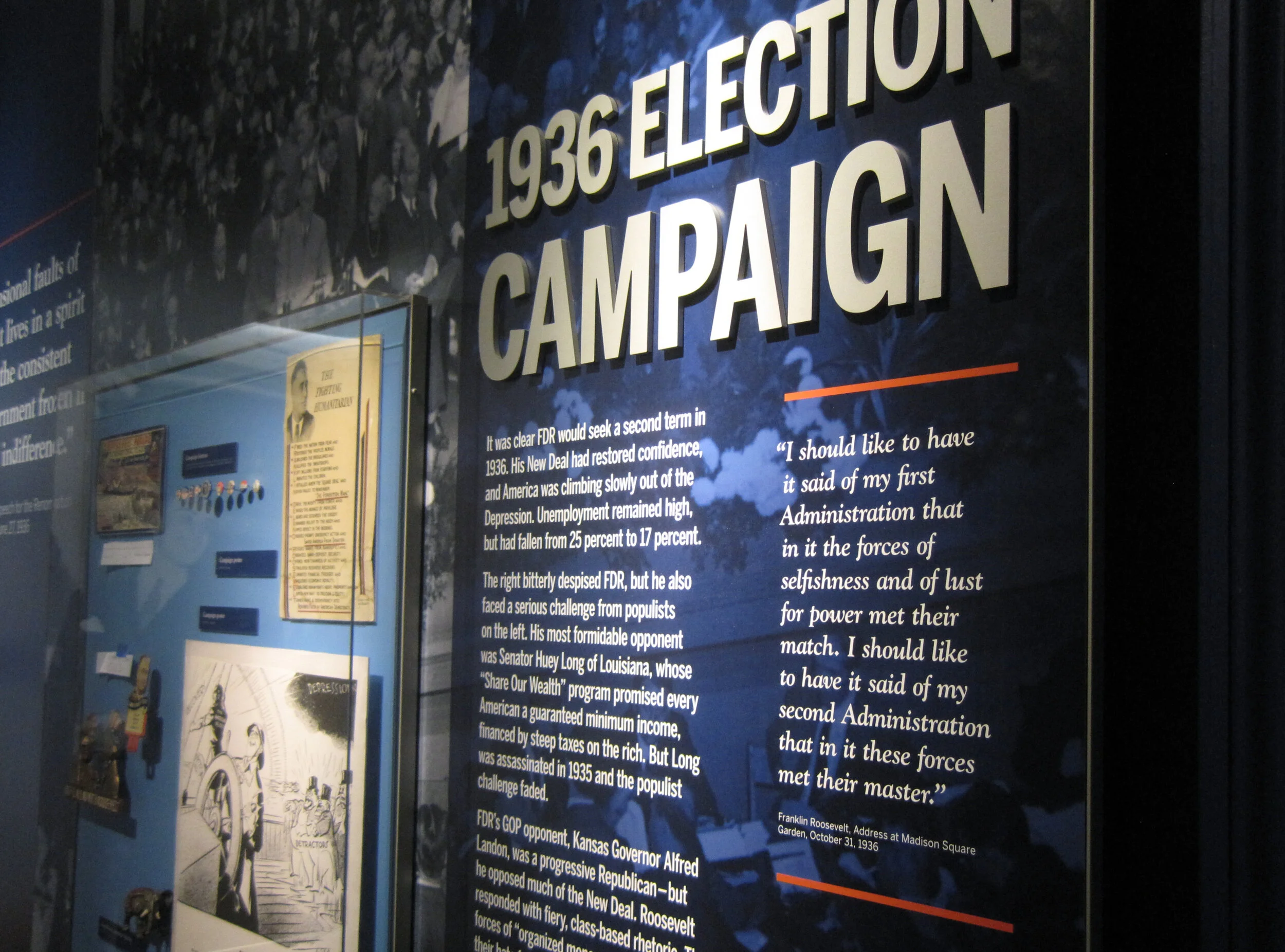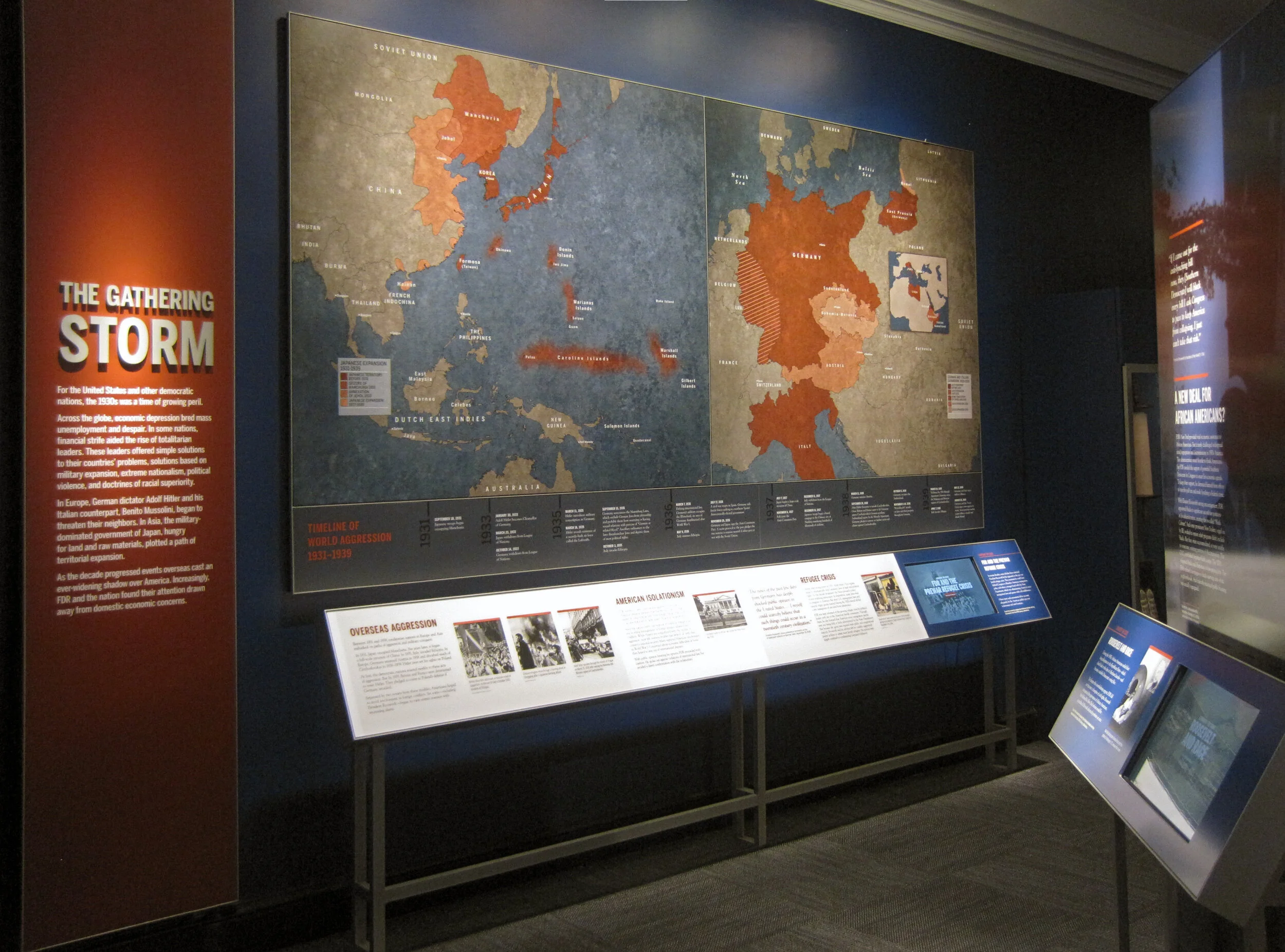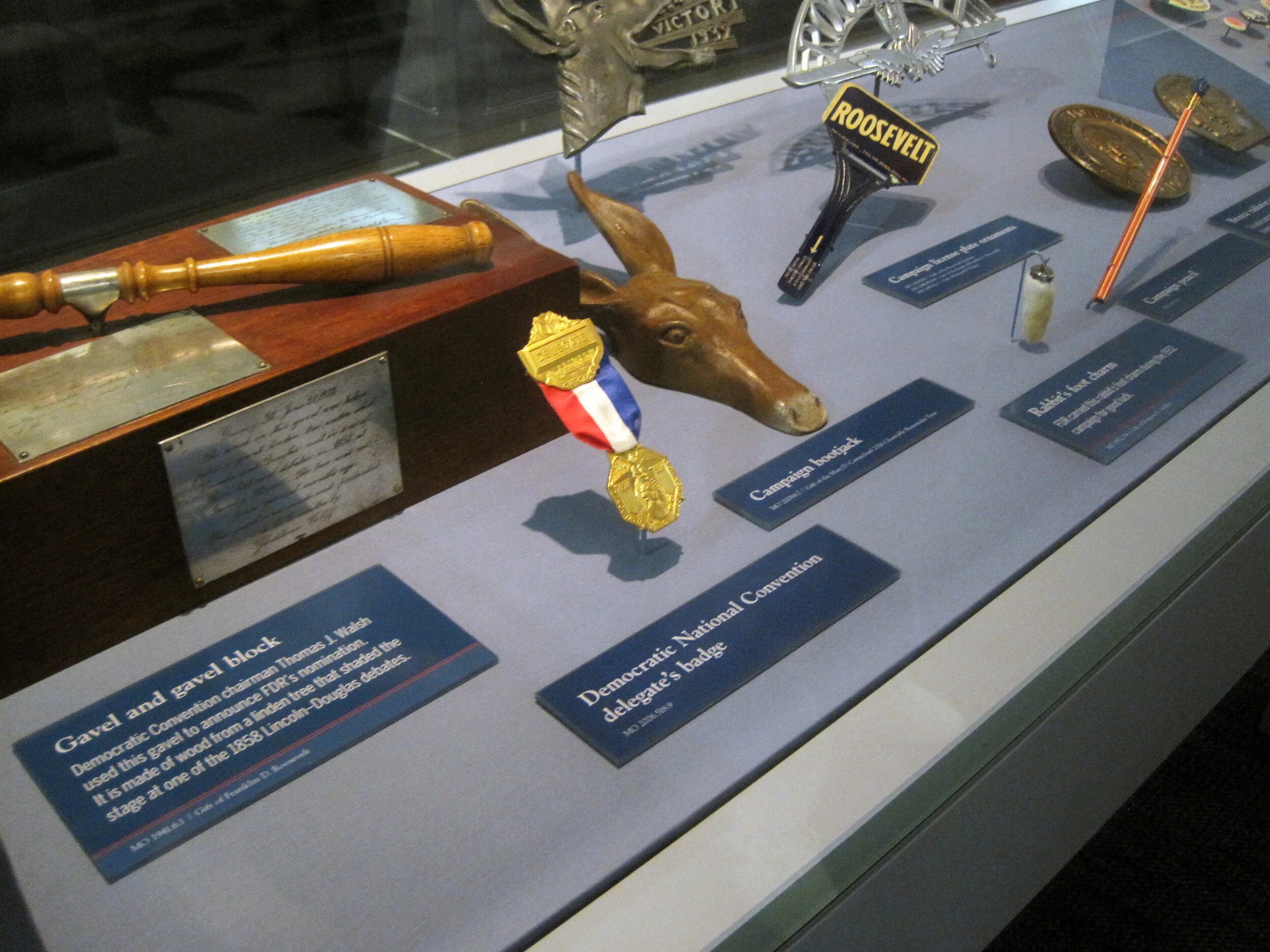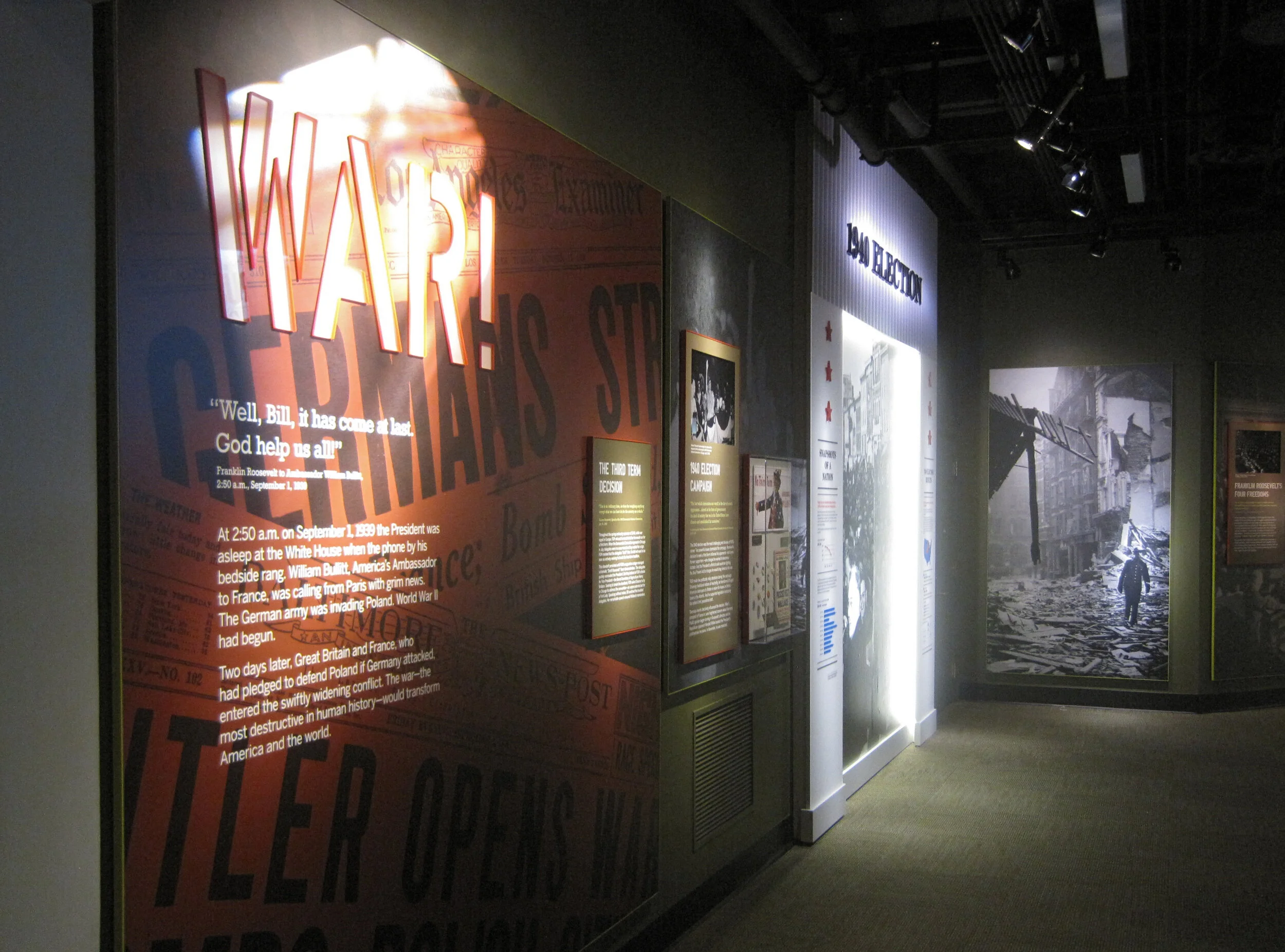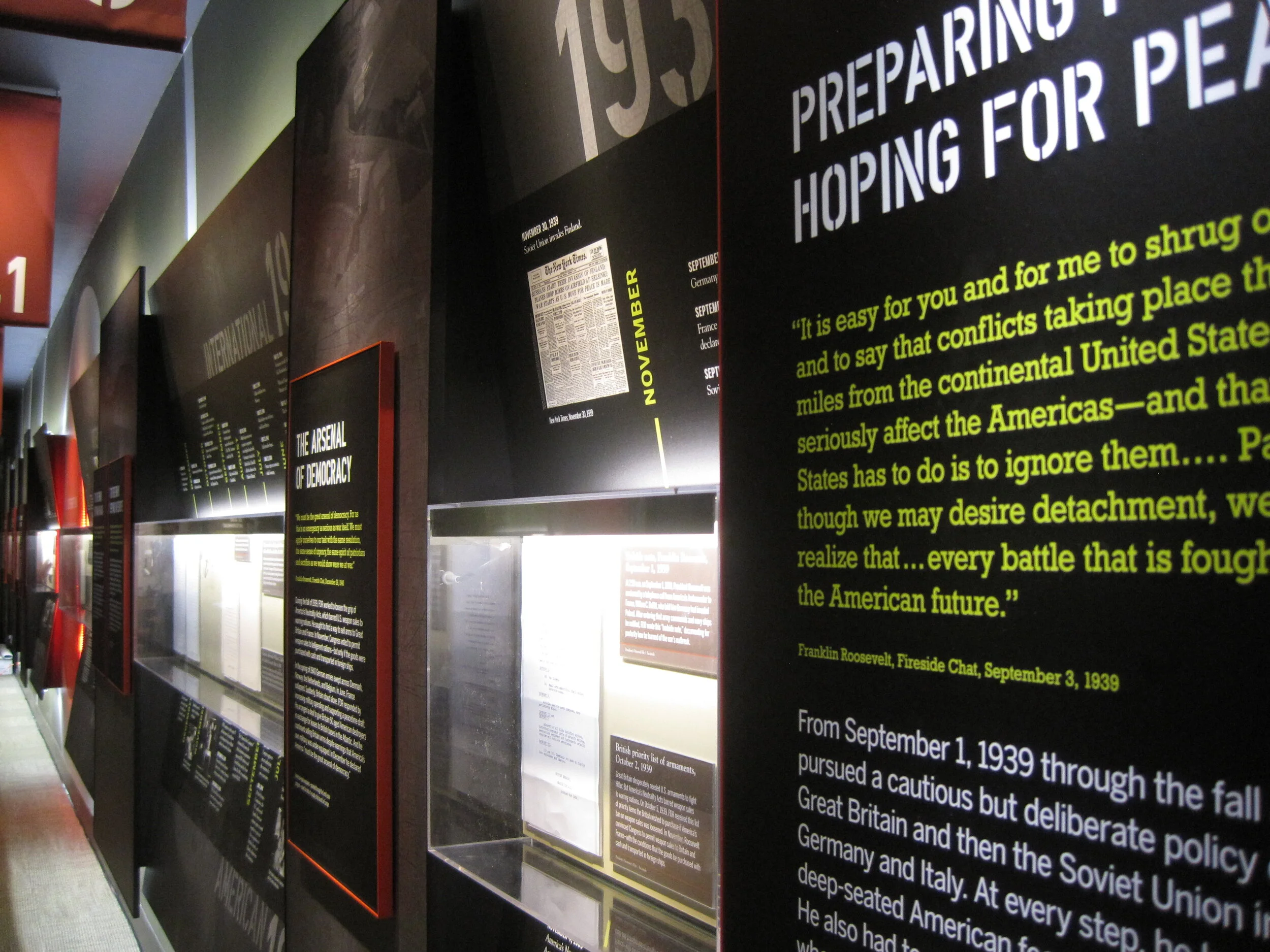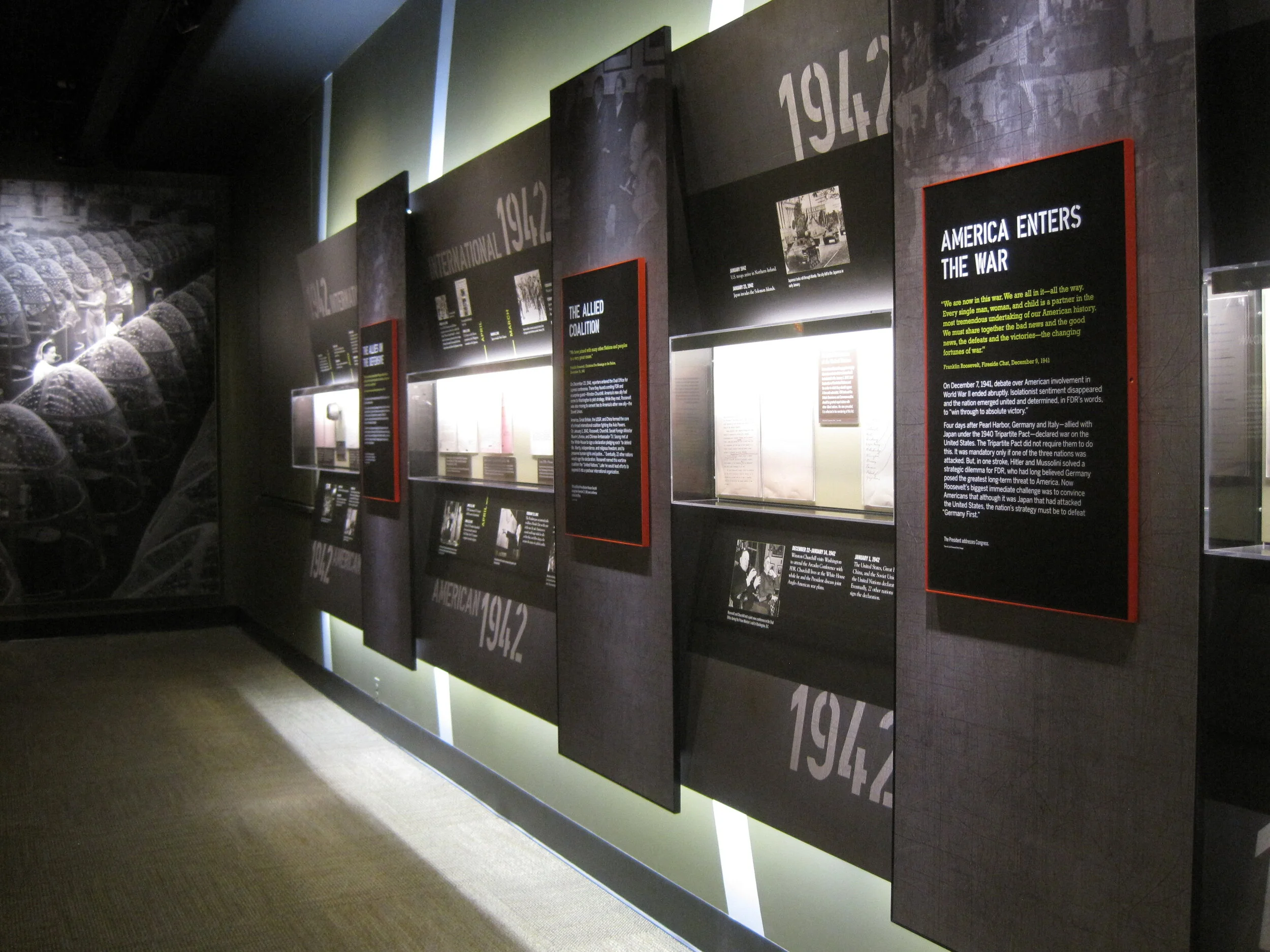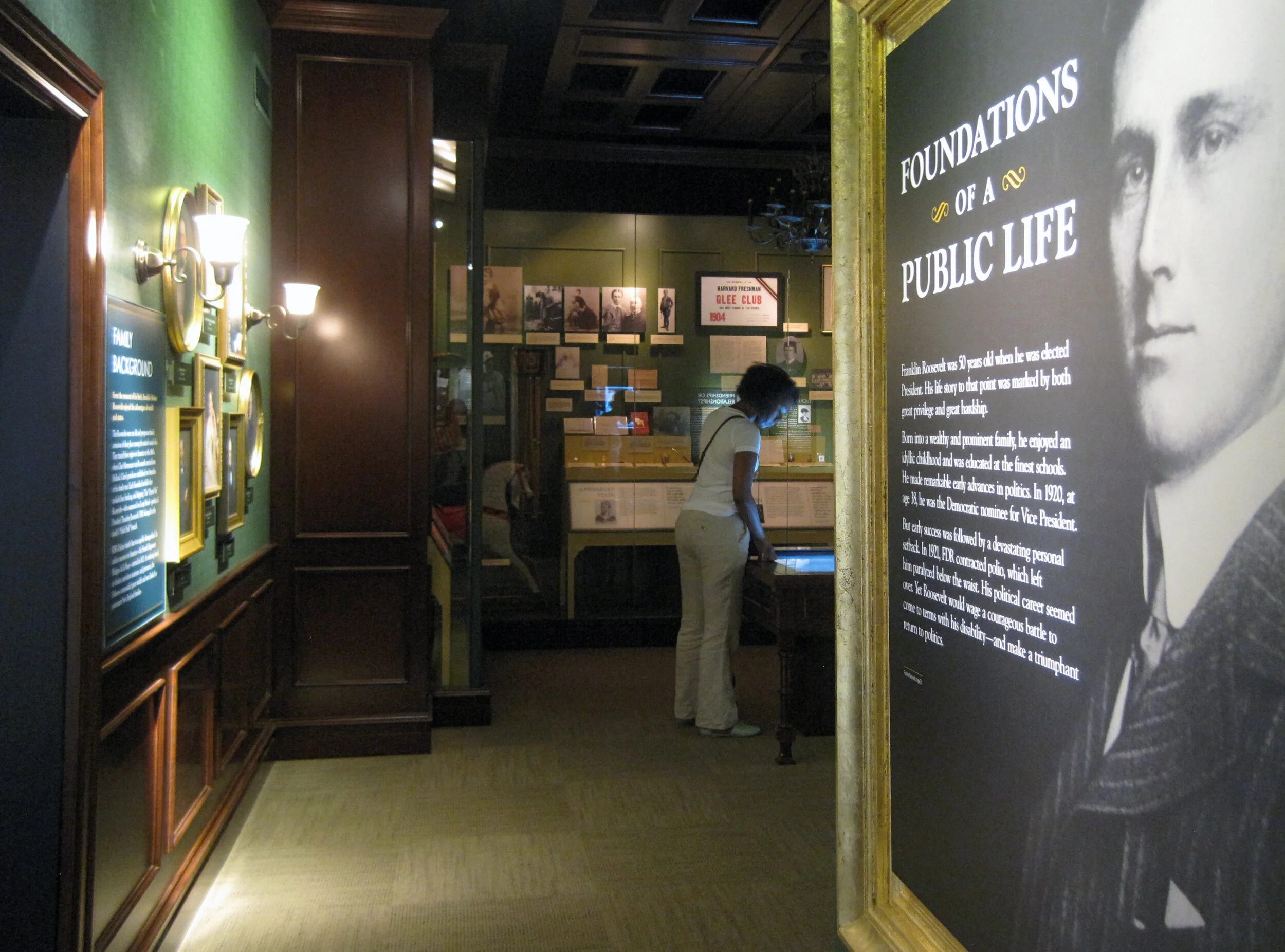Phew! It has been a busy 14+ months since I last posted. (14 months?! Oh my....) In that time, I’ve designed seven exhibitions of varying size and scope, four print projects, and three large production jobs. I am currently in early design development for an exciting project in Maine, and then there is the typical day-to-day of running a small design studio. Yep, just sitting around eating bon-bons.
In an attempt to get back into posting on The Exhibit Designer, I am kicking off with a book-end to my last post: two more exhibitions at the Hirshhorn Museum. These two were both located in the same gallery, and were on view one right after the other.
Baselitz: Six Decades ran from June 21, 2018 through September 16, 2018, then Rafael Lozano-Hemmer: Pulse opened in its place on November 1. Pulse is on view for another month, if you’d like to check it out.
The title treatment for Pulse played on the visual of the pulsing incandescent light bulbs hanging from the ceiling in Lozano-Hemmer’s installation Pulse Room …
… while the title for Baselitz was a straight-forward title lockup. An early concept, in which “George” and “Baselitz” were alternately flipped upside down (Baselitz is known for his “inverted” paintings) was rejected, and I am a little sad for what could have been.
In the end, the final title lockup and entry wall treatment created a neat refraction effect when ascending the escalator, as the letters reflected in the glass.
—
Post updated in January 2021 with minor text edits. This post was originally published at theexhibitdesigner.com on 25 March 2019.











